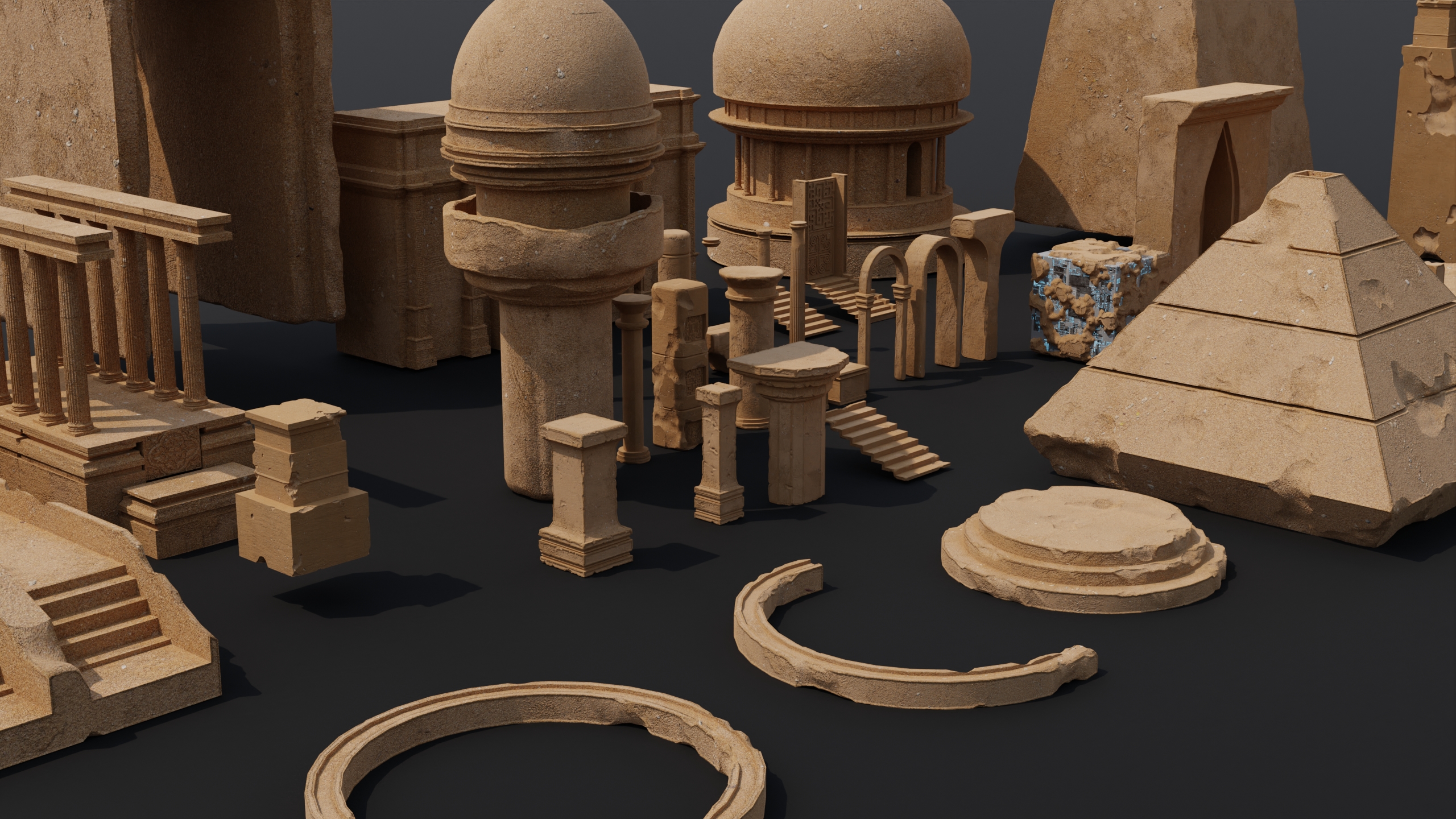Rework eats hours, budget, and goodwill. The antidote is a brief that removes guesswork and travels well across teams. Whether you lead a game studio, manage a feature squad, or switch between freelance gigs, the rule holds: write a clear spec once, reuse it, and refine it after each project. Teams that provide 3D art services read many briefs every month, and partners like N-iX Games move faster when what they receive is concrete, readable, and tied to the engine they must hit.
A useful brief is not long for the sake of it. It is exact where it counts. Say what the asset does in your experience, how it is framed, and what must be read in the first second on screen. Put budget, schedule, and constraints near the top. Add technical rails that match your engine and platform targets. Keep the language plain so artists, producers, and engineers read it the same way.
Distributed work raises the stakes. People hop between projects, handovers drift, and decisions get scattered across chats. A one-page spec that doubles as an onboarding note beats a heroic message thread every time. Treat it like a small contract: clear inputs, clear checks, clear outputs.
What to hand over
- Output and context. Name the asset, where it lives in the scene, typical camera distance, and what the player should notice first. List target platforms and any performance limits. If it belongs to a cinematic, AR view, or store banner, say it.
- Technical numbers. Give hard targets. Polycount per LOD. Texel density per meter. Texture sets and sizes, for example BaseColor, Normal, ORM at 2K. UV rules, padding, and overlaps. Pivot location, scale units, and world orientation. Engine and version.
- Formats and naming. Choose FBX or USD for geometry, PNG or TGA for textures. Use a predictable scheme such as assetCategory_assetName_variant_LOD.fbx. People find files faster and avoid version mix-ups.
- References and constraints. Add three to five on-model images with callouts. Include a scale shot with real measurements. Mark what is fixed and what can change. A short moodboard helps, but avoid aesthetic noise.
- Reviews and acceptance. Decide where feedback lives and who signs off. Define blockout, mid, and final. Write what each stage must include, for example topology checks at blockout and texture validation at mid.
- Integration details. Provide scene paths, collision type, LOD distances, sockets, physics needs, and prefab rules. Share import settings and exporter presets. Screenshots of those settings remove ambiguity.
- Rights and approvals. Confirm IP ownership, tool licenses, and any brand or likeness approvals. Put it in writing to avoid late legal edits.
- Version control and delivery. State the repo path, branch or stream, and submit method. Plan storage and locks for large binaries so artists do not overwrite each other.
- People and timing. List the tech artist, art director, and producer with time zones. Add response windows and typical turnaround per iteration. A small table at the bottom works well.
Three quick scenarios
Props that looked right but failed in engine. An indie team outsourced five props. First pass looked fine in Marmoset, then import broke because pivots were off and collision was missing. They added one page with pivot rules, per-prop collision notes, and a screenshot of the import preset. Two rounds vanished and the sprint stabilized. The vendor saved the page and used it on the next order.
A storefront hero that missed brand look. Marketing needed a hero render for a banner. The model was solid, but lighting did not match the brand’s tone. The brief gained camera FOV, lens choice, a sample HDRI, and a tiny rig preset. One round later the image shipped. The next banner reused the settings and cleared in hours.
A reskin that felt “off” in game. Live ops asked for a weapon reskin. Colors matched, but roughness felt wrong in play. A small table with target roughness ranges for paint, rubber, and metal, plus two in-engine screenshots at a known exposure, led to sign-off in a single pass and set the pattern for future skins.
Workflow choices that cut rework
Use formats that travel. If your team can export or accept USD, handoffs get easier across DCC apps and engines. It reduces format churn when multiple tools are in play and keeps materials, layers, and variants consistent.
Fix your repo before art lands. Big textures punish Git when it is not tuned. Pick a system that handles large files and file locks. Agree on branching so artists and engineers do not collide. Write two short rules on when to branch and when to merge. Pin them next to the brief.
Document the environment. List Unreal or Unity version, plugins, DCC versions, renderer, and any script dependencies. Link your exporter presets. If you ship with a custom shader library, include a one-page glossary with screenshots and expected material ranges. Freelancers and new hires will land changes without hand-holding.
Make the review lane narrow. One thread per asset. One owner for final sign-off. One list of acceptance checks. Invite input, but keep decision rights clear or you will trade quality for noise.
Make rework rare
A good brief guides effort toward what truly matters. It keeps artists focused, gives reviewers a stable lens, and helps production track real progress. Keep it short where possible and numeric where needed. Tie it to your engine, your pipeline, and your schedule. Then reuse it. Do one quick pass today: open your latest request, highlight every fuzzy word, and replace it with a number or a file path. Add polycount, texel density, texture sets, pivots, engine version, and contacts. Share the checklist. Do this once and you will cut a round on most assets, whether the work stays in house or goes to a partner offering 3D art services like N-iX Games.

